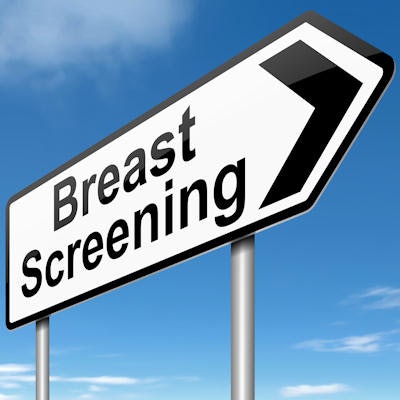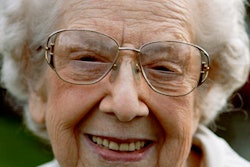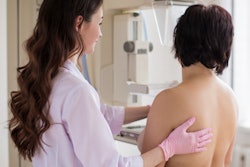
Most breast care practices use supplemental screening in women with dense tissue, but the modalities used and the methods in which patients are referred vary widely, according to a study published online February 24 in the Journal of the American College of Radiology.
A team led by Dr. Sadia Choudhery of the Mayo Clinic in Rochester, MN, conducted a study that consisted of a 12-question survey sent to 902 American College of Radiology interpreting physicians. The survey included questions about practice features and the use of supplemental breast cancer screening in women with dense tissue. Of the total respondents, 68.4% worked in practices that offered supplemental screening.
Of supplemental screening modalities, ultrasound was the most common (53%). Ordering providers were primary referrers (56%). The group also found the following:
- Academic practices, private practices that specialized in breast care, and practices in the northeastern U.S. were more likely to provide supplemental screening.
- There were significant associations between state density notification legislation, the number of breast imaging trained radiologists in a practice, and the volume of mammograms performed per day and the availability of supplemental screening.
- Use of automated breast density assessment software and patient education material about density and supplemental screening was significantly linked with the availability of supplemental screening.
"There are practice features that correlate with the availability of supplemental screening, and understanding these features provides further insight into current trends in supplemental screening utilization," the group concluded.



















